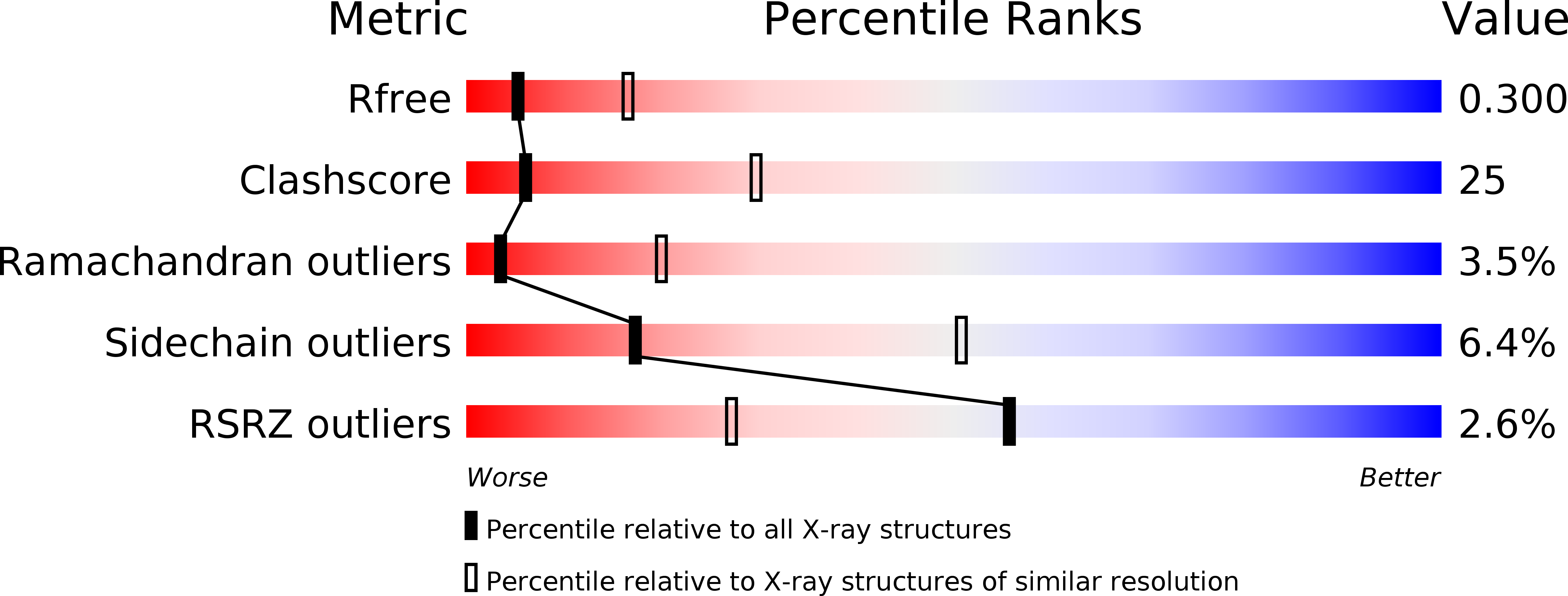
Deposition Date
2005-07-22
Release Date
2005-07-26
Last Version Date
2024-11-20
Entry Detail
PDB ID:
1ZS8
Keywords:
Title:
Crystal Structure of the Murine MHC Class Ib Molecule M10.5
Biological Source:
Source Organism:
Mus musculus (Taxon ID: 10090)
Homo sapiens (Taxon ID: 9606)
Homo sapiens (Taxon ID: 9606)
Host Organism:
Method Details:
Experimental Method:
Resolution:
3.00 Å
R-Value Free:
0.30
R-Value Work:
0.30
R-Value Observed:
0.30
Space Group:
P 21 21 21


